
Open a medical textbook or health pamphlet and more often than not, you’ll find images of slim, hairless, able-bodied, young, white figures.
But now, a campaign has launched to accurately reflect the diversity of women and their bodies, in a bid to help all woman access the healthcare they need.
In a new digital gallery, titled The Reframing Revolution, designers have created dozens of new illustrations to be released into the medical field, showing demonstrations of the following on a variety of skin tones:
IVF Bruising
PCOS
Linea nigra
Pregnancy breast changes
Ectopic pregnancy
Vaginal birth
Stillbirth
Postpartum body
C-section
Jaundice in babies
Breastfeeding
Hair loss
Hot flashes
Vulvas
It comes after a picture of a Black foetus, created by illustrator Chidiebere Sunday Ibe, went viral on social media last year.
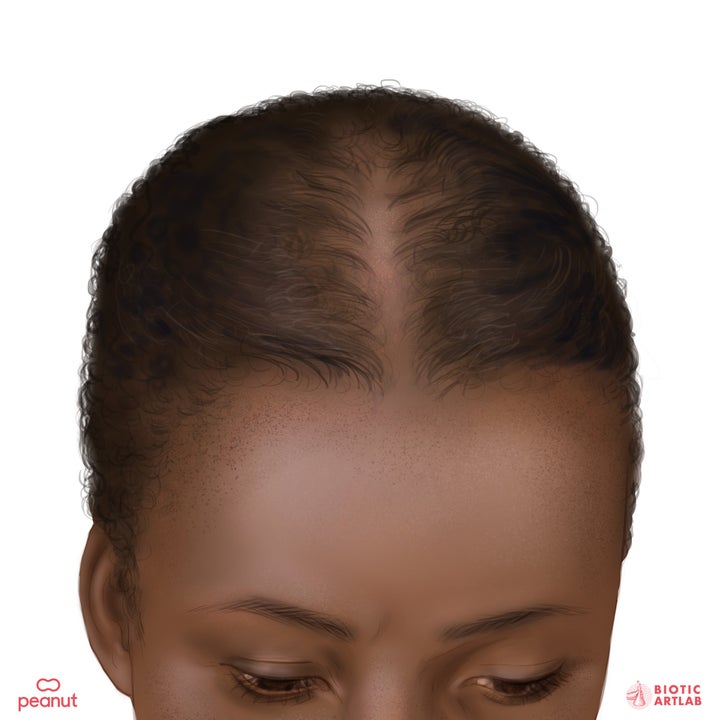
The latest project was spearheaded by the women’s community app Peanut and informed by doctors and medical illustrators.
They worked with Dr Somi Javaid, OB/GYN doctor, surgeon, and founder of HerMD, and the team at Biotic Artlab, a visual communications studio specialising in creative solutions for science and medicine, to ensure accurate depictions of the anatomy and recognition of underrepresented groups of women.
The campaign highlights how women have historically been misrepresented in healthcare, portraying all female anatomy as one-size-fits-all, when the reality is there is no “normal” when it comes to body types.
One in four women has a degree of asymmetry in their breasts. Meanwhile, 97% of OBGYNs have been asked by women of all ages about genital normality, yet not all could confidently feel they could express what normal is.
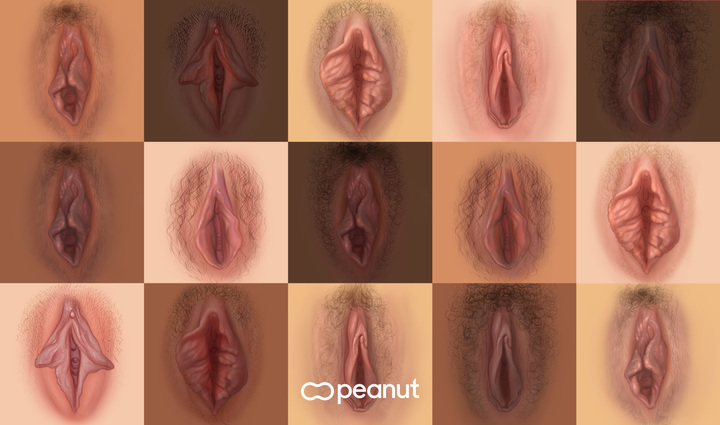
Using healthcare’s current images of the female body is extremely damaging to both women’s physical and mental wellbeing.
When women don’t fit within a biased image – particularly mothers, Black and other minority women and those who have traditionally fallen outside of commonly portrayed bodies – their representation is eliminated, which means they do not receive the healthcare they need.
Currently medical textbooks only show 17% of images as POC and of those images, a majority (75%) are women with light skin tones.
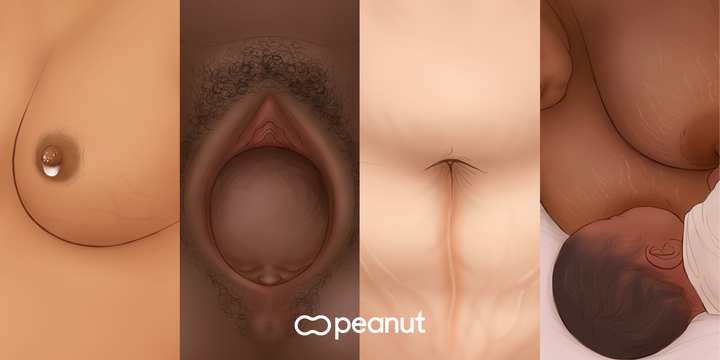
The unconscious bias in education can lead to inequity in medical practice often which has fatal consequences.
Black women face greater barriers to accessing proper healthcare. Black women in the UK are still four times more likely to die in childbirth, for example. Omitting diverse bodies in medical literature allows a gateway for bias to enter medical treatment.
The new gallery of images is available, royalty-free, for women, media, and the medical community to adapt into practices, journals, and more.
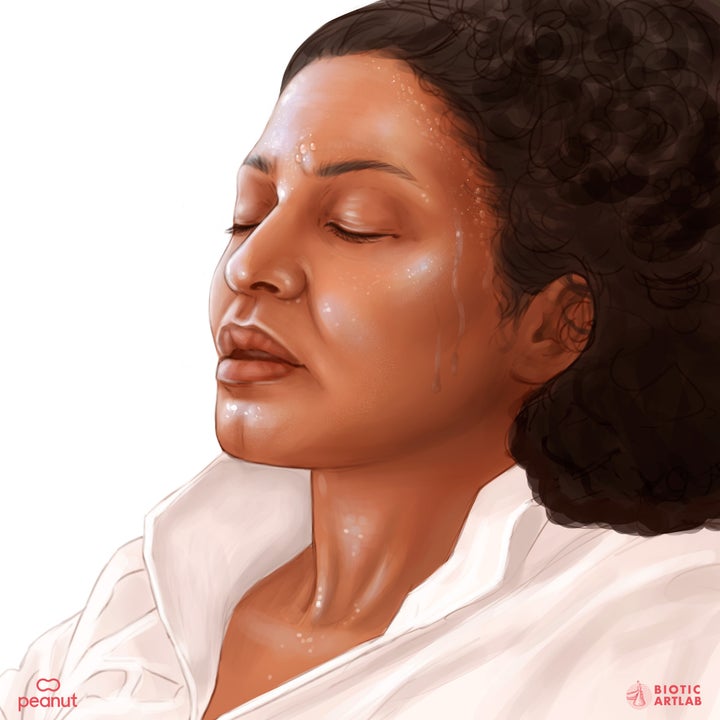
“It’s just as important, if not more so, for women to see themselves in healthcare as they do in media and business,” Michelle Kennedy, founder and CEO of Peanut said.
“Women have been misdiagnosed and mistreated because their healthcare provider didn’t recognise their physical symptoms on non-white skin.
“Our goal with these new illustrations is to not only educate patients and the medical field, but society at large. Women and mothers in all their forms, sizes and identities need to be represented.”
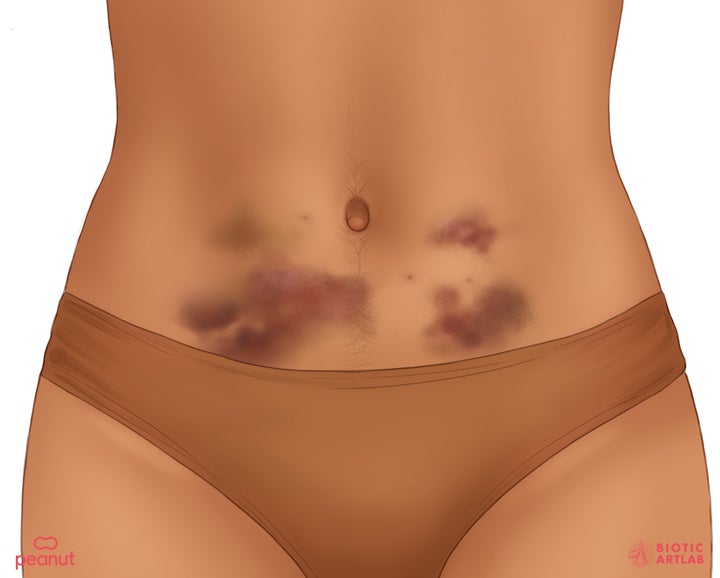
Dr Somi Javaid added: “As practitioners, it is our job to treat every patient to the best of our ability. When there are clear biases in the tools we use to diagnose, we’re not bringing our best to every patient
“These new illustrations will showcase the diverse bodies and skin tones healthcare providers will see in their daily rounds and change the course of how we treat patients who have been underrepresented and under treated for so long.”